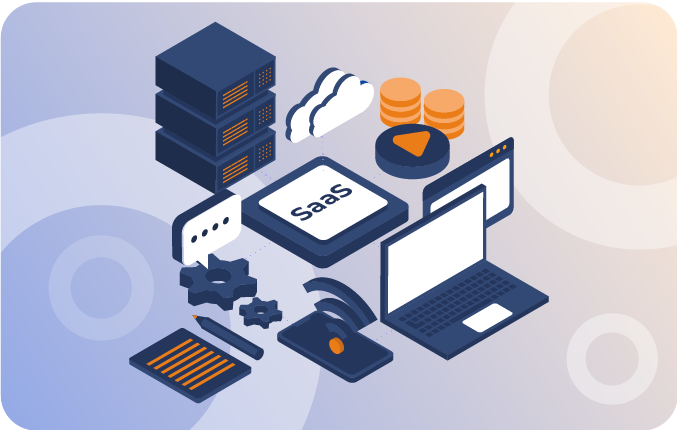4 key factors determine if embedding payments is right for your platform
If you answer "Yes" to these four simple questions, you are a great candidate for embedding payments. Embedded payments for software can help you improve your product and increase your revenues and NRR, while streamlining your costs.
Embedded payments for software - is my software a good candidate?
Here are 4 easy questions that can show you if your platform is a GREAT candidate for embedding payments in your platform.
- Is your platform close to transactions?
- Do your customers accept credit card payments?
- Are your customers mostly small- to medium-sized businesses?
- Will you be signing up new customers?
If you answered yes to these questions - great news! Embedded payments for software may be able to radically transform the revenue potential of your platform! Why these questions? Let’s dig in a bit deeper.
Is your platform “close to transactions”?
Sure, your customers pay you. But could your customers get paid by their customers via your platform? For example, if you are a POS/point-of-sale system or offer a POS module, this is pretty obvious - yes, your customers get paid by their customers via your platform, and your platform in turn is close to transactions. But you may also be “close” to transactions if you support bookings/scheduling, membership management, practice management, rentals, deliveries, logistics, etc. You can make your product better for your customers by enabling them to manage their business AND accept payments inside of your platform.
Do your customers accept cards for payment?
Margins may be available on the card payments volume enabled via your platform.
If your customers are not accepting cards, they may not be interested in buying payments acceptance from you. BUT, before you rule out embedded payments, be sure to think through the benefits of accepting cards for your customers if they were enabled. For example, if you are a landscaping platform or field service management system, customers may be paying with cash, transfers or checks today because another option was not available or not well-implemented. If you can save your customers AR processing time, back-office staff, accounting errors, and unpaid invoices - or even increase the average ticket size - adding payments acceptance for them may be an enormous benefit to their top and bottom line.
Are your customers mostly small- to medium-sized businesses?
SMB customers are typically the most open to purchasing their payments from their SaaS provider. According to Flagship Advisory Partners, about 60% of new small to medium businesses (SMBs) in the US choose embedded payments from their software provider.
SMBs frequently choose software platforms to solve their business needs. Importantly, they choose that ideal software first, then want it to solve for their payments needs. They do NOT choose a payments provider first and choose only the software that the payment provider suggests.
Note on customer size: SMBs are not to be confused with micro merchants. Your average users may have volumes in the thousands or the tens of thousands per month and still be a fit for you. On the other end of the spectrum - though nothing is ever universal, once a customer gets to a very high payments volume, the less likely they are to sign up for an account with you, as they probably have an established relationship with a national bank and negotiate powerful terms. If they are a major airline, you may need to integrate payments, they are not purchasing payments from you.
Will you be signing up new customers?
If your customer base is eager to buy, then you need to consider that many of the best SaaS companies are embedding payments, making payments central to their strategy and revenues. Chances are some of them are in your space. If you aren’t offering payments and they are, it is likely that you will have the less robust product, lower revenues, and less stickiness with the customer. That is a tough spot to compete from. Add to that a difficult buyers’ journey, onboarding friction, disjointed support, and less flexible pricing strategies, and you are leaving big hurdles between your present and scale.
Is that all?
It's where you start. Now, you will need to consider your strategy, tech stack, and priorities, but embedded payments should be at the very top of your priorities. Dig into our blogs for more information, and reach out when you have more questions.
Wondering why the quiz didn’t ask if you are processing more than $10 million per month?
Because that is a rough benchmark regarding when it might make sense to become a payment facilitator in the US. (In Europe, you need a payments institution license, so the payment volumes and org requirements are even higher.)
While you may want to become a payfac eventually, it isn’t a prerequisite for making a huge difference in your trajectory today with embedded payments. We can help you grow faster on your path to payface because embedded payments are first and foremost about your payments strategy.






